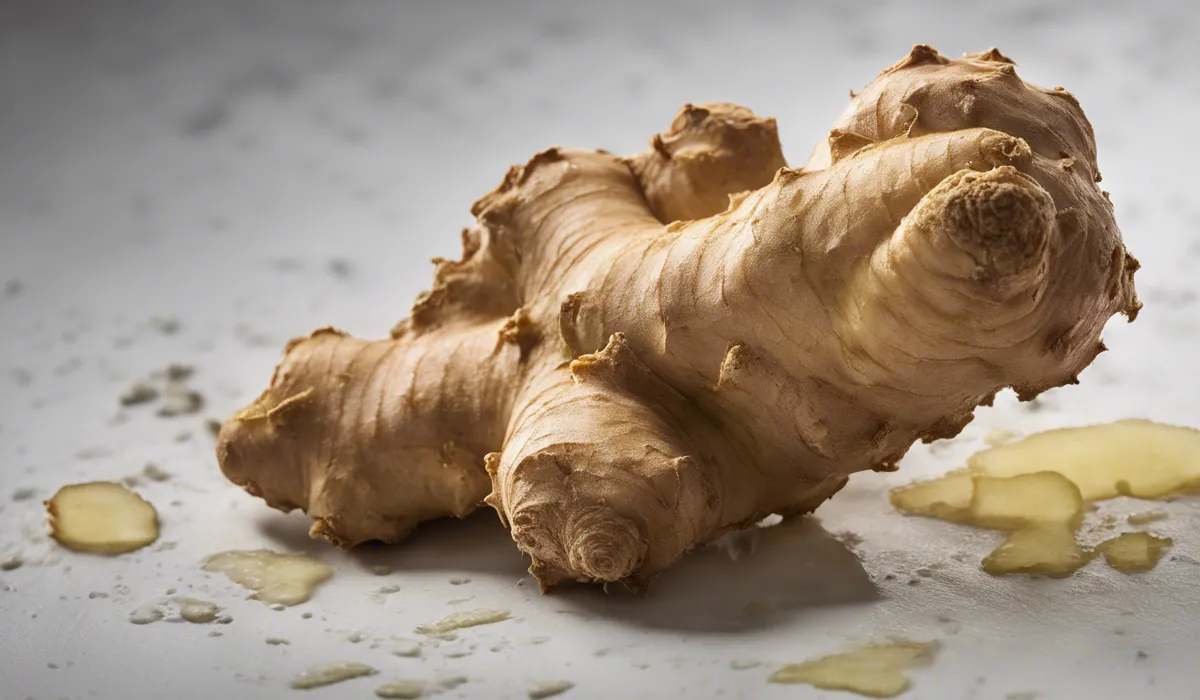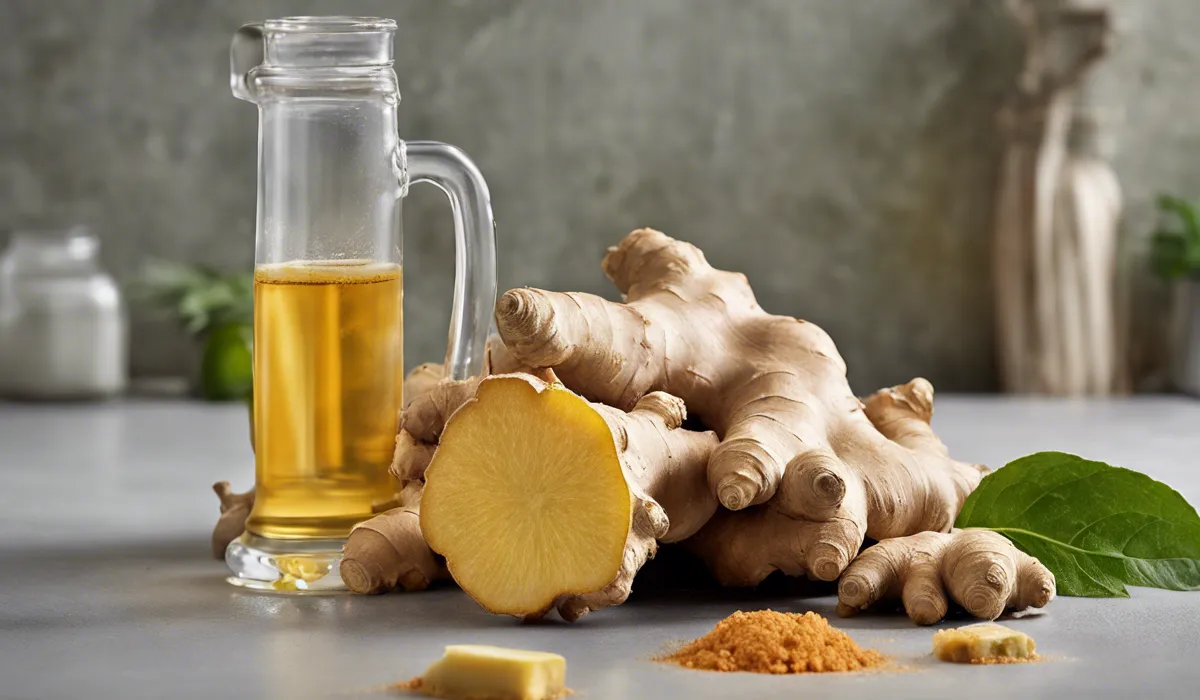No, you should not use ginger with mold on the outside. Mold can indicate deeper contamination, posing health risks. Discard moldy ginger to avoid consuming potentially harmful substances.
Understanding Mold on Ginger

Explanation of What Mold Is
Mold is a type of fungus that thrives in moist, warm environments. It reproduces through tiny spores that travel through the air, which can land on surfaces and begin to grow when conditions are right.
Mold comes in various colors and textures, and while some molds are used beneficially in food production, like cheese making, other types can be harmful to our health.
Different Types of Mold Commonly Found on Food
Food can be a host to many mold species. Some of the most common include Penicillium, Aspergillus, and Rhizopus.
These molds can appear as fuzzy or slimy spots in various colors, such as green, white, black, or orange.
Each type of mold has its own characteristics and can affect the taste and safety of food differently.
How Mold Affects Ginger Specifically?
Ginger is a rhizome and has a high moisture content, which can make it susceptible to mold growth, especially if it’s stored improperly.
Mold on ginger often appears as a white or greenish fuzz on the surface. It can penetrate the flesh of the ginger, causing it to become soft and discolored.
Health Implications of Consuming Moldy Ginger
Consuming ginger that has mold on it is not safe. Mold can produce mycotoxins, which are toxic substances.
Ingesting these can lead to various health problems, such as allergic reactions, respiratory issues, and in severe cases, mycotoxicosis. It’s best to avoid the risk and discard moldy ginger.
Identifying and Handling Moldy Ginger

Visual Indicators of Mold on Ginger
When inspecting ginger for mold, look for any unusual spots or a fuzzy white or greenish coating.
Other signs include a soft texture and an off smell. These indicators suggest that the ginger is no longer safe to consume.
Steps to Determine if Ginger Can Be Salvaged
If you find a small amount of mold on the ginger’s surface, it’s important to note that mold can infiltrate deeper than it’s visible.
Generally, it’s not worth the risk to try and salvage moldy ginger, and it should be thrown away to prevent any health hazards.
Safe Handling Practices for Moldy Ginger
If you encounter moldy ginger, handle it with care. Use gloves if possible, and place the ginger in a sealed bag before disposing of it to prevent the spread of mold spores.
Clean any surfaces that the moldy ginger may have contacted with a disinfectant.
Disposal Recommendations for Ginger with Mold
Once you’ve identified moldy ginger, it should be discarded immediately. Do not compost it, as mold spores can contaminate your compost pile.
Ensure the ginger is in a sealed bag to prevent spores from spreading when thrown in the trash.
Prevention and Storage Tips

Best Practices for Storing Ginger to Prevent Mold
To prevent mold, store ginger in a cool, dry place. You can keep it in a paper bag in the refrigerator’s vegetable drawer, which can help absorb excess moisture.
Ensure the ginger is dry before storing it, as moisture can encourage mold growth.
Ideal Conditions for Ginger Longevity
Ginger lasts the longest when stored at a temperature between 54 to 77 degrees Fahrenheit (12 to 25 degrees Celsius) with moderate humidity.
These conditions help to slow down the growth of mold and keep the ginger fresh for a longer time.
Tips for Buying Ginger to Reduce the Chances of Mold Growth
When purchasing ginger, select pieces that feel firm and heavy for their size, with a smooth surface.
Avoid ginger that feels soft or has any spots, as these could be early signs of mold. Buying smaller amounts more frequently ensures you use the ginger before it has a chance to spoil.
When to Opt for Fresh Versus Dried or Powdered Ginger?
If you do not use ginger often, consider using dried or powdered ginger instead of fresh. These forms have a longer shelf life and are less prone to mold growth.
However, for the best flavor and health benefits, fresh ginger is preferable when used regularly and can be properly stored.
Final Thoughts
It is imperative to avoid using ginger with mold on its exterior, as the presence of mold may suggest more extensive contamination beneath the surface.
Consuming moldy ginger poses health risks due to the potential ingestion of harmful substances. Therefore, it is best practice to discard any ginger showing signs of mold.
